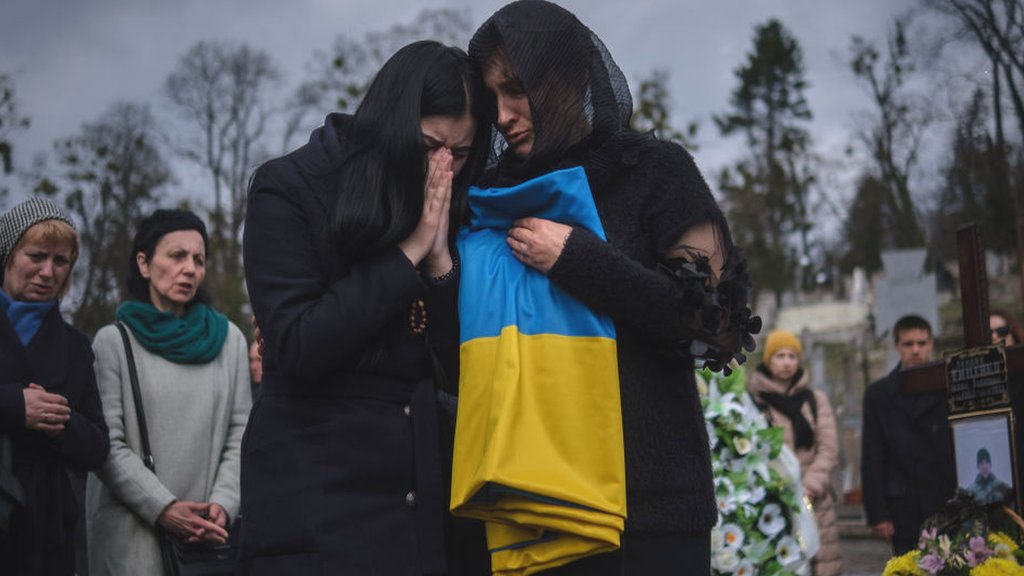The former commander of Britain’s Joint Forces Command has warned that Ukraine could face defeat by Russia in 2024.
General Sir Richard Barrons told the BBC there was “a serious risk” that Ukraine would lose the war this year.
The reason, he says, is “because Ukraine might get the feeling that it can’t win.”
“And when that happens, why do people want to fight and die any longer just to defend the indefensible?”
Ukraine has not yet reached this point.
But the armed forces’ ammunition, troop and air defense reserves are running dramatically low. Last year’s much-touted counteroffensive failed to dislodge the Russians from captured territories, and now Moscow is preparing for a summer offensive.
So what will that look like and what are its likely strategic objectives?
“The shape of the upcoming Russian offensive is quite clear,” says General Barrons.
“We see Russia fighting on the front lines, exploiting a 5:1 advantage in artillery and ammunition, as well as a surplus of people, reinforced by the use of new weapons.”
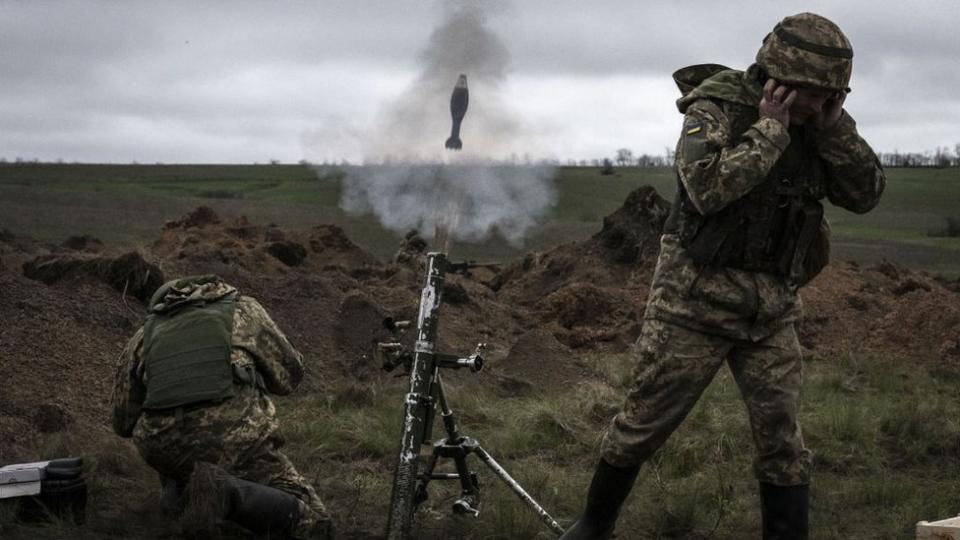
These include the FAB glide bomb, an adapted Soviet-era “dumb bomb” equipped with fins, GPS guidance and 1,500 kg of high explosive, which is wreaking havoc on Ukraine’s defenses.
“Sometime this summer,” says General Barrons, “we expect a major Russian offensive with the intention of doing more than pushing forward with small gains, perhaps trying to break through the Ukrainian lines.”
“And if that happens, we run the risk of Russian forces breaking through and then moving into areas of Ukraine where Ukrainian forces cannot stop them.”
But where?
Last year, the Russians knew exactly where Ukraine was likely to attack – from Zaporizhzhia south towards the Sea of Azov. They planned accordingly and successfully slowed Ukraine’s advance.
Now the boot is on the other foot as Russia masses its troops, leaving Kiev guessing where it will attack next.
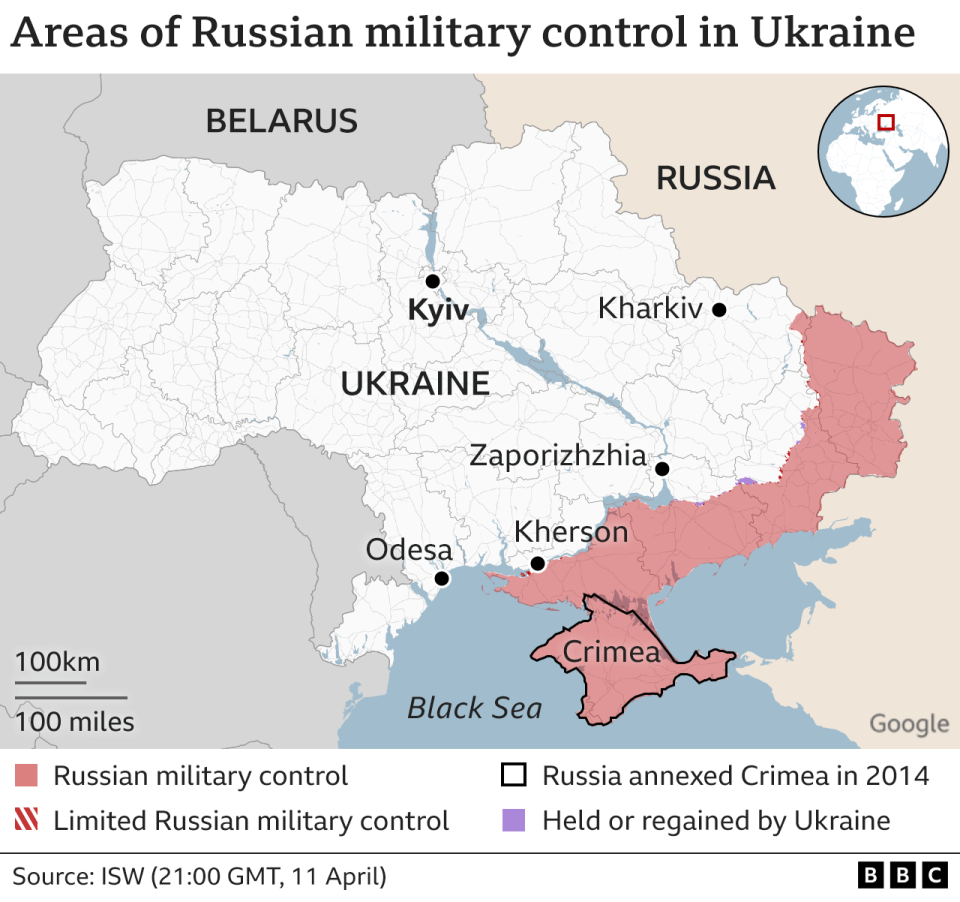

“One of the challenges for the Ukrainians,” says Dr. Jack Watling, senior land warfare researcher at the Whitehall think tank Royal United Services Institute (Rusi), “is that the Russians can choose where to deploy their forces.”
“It is a very long front line and the Ukrainians must be able to fully defend it.”
Which of course they can’t.
“The Ukrainian military will lose ground,” says Dr. Watling. “The question is: How severely and which population centers will be affected?”
It is quite possible that the Russian General Staff has not yet decided in which direction to direct its main efforts. However, it is possible to roughly divide the various options into three broad locations.
Kharkiv
“Kharkiv,” says Dr. Watling, “is certainly at risk.”
As Ukraine’s second largest city, perilously close to the Russian border, Kharkiv is a tempting target for Moscow.
It is currently bombarded daily by Russian missile attacks, and Ukraine is unable to field sufficient air defense systems to fend off the deadly mix of drones, cruise missiles and ballistic missiles aimed at it.
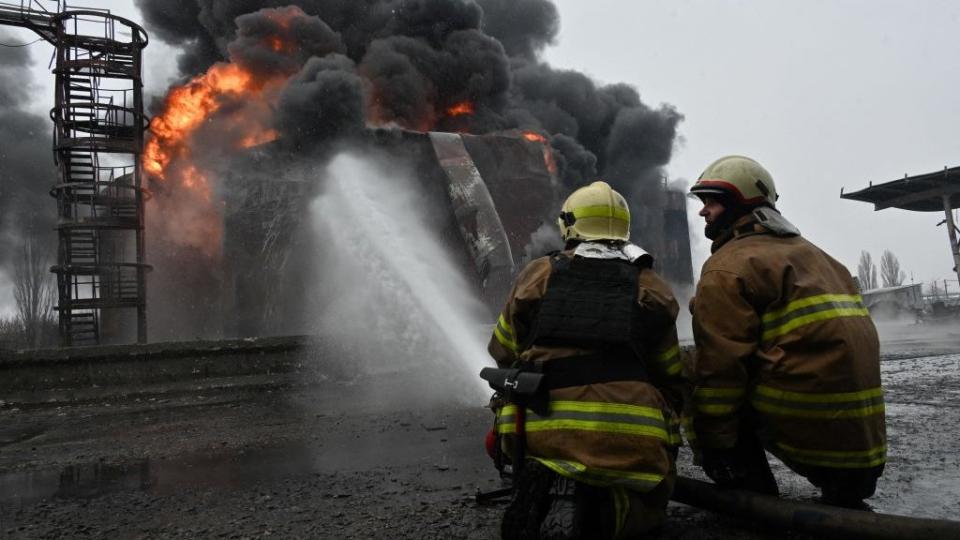

“I think the offensive this year will have as its first objective the breakout from Donbass,” adds General Barrons, “and its eye will be on Kharkiv, which is about 29 kilometers from the Russian border, a big target .”
Could Ukraine still function as a viable entity after the fall of Kharkiv? Yes, analysts say, but it would be a catastrophic blow to both the country’s morale and economy.
The Donbas
The area of eastern Ukraine known as Donbas has been at war since 2014, when Moscow-backed separatists declared themselves “people’s republics.”
In 2022, Russia illegally annexed the two Donbas regions or provinces of Donetsk and Luhansk. This is where most of the land fighting took place in the last 18 months.
Ukraine has, controversially, made enormous efforts, both in manpower and resources, to hold first the city of Bakhmut and then Avdiivka.
It lost both of them as well as some of its best combat troops in the attempt.
Kiev responded that its resistance had inflicted disproportionate losses on the Russians.
This is true, because the battlefield in these places is also called a “meat grinder”.
But Moscow has many more troops it can send into battle – and Ukraine doesn’t.
This week, the commander of U.S. forces in Europe, Gen. Christopher Cavoli, warned that the U.S. will be outnumbered 10 to 1 on the battlefield unless it supplies significantly more arms and ammunition to Ukraine.
Mass counts. The Russian army may be inferior to Ukraine’s in tactics, leadership and equipment, but it is so numerically superior, particularly in artillery, that its default option if it does nothing else this year will be to push Ukraine’s armed forces further to push back the West. We’re taking one village at a time.
Zaporizhia
This is also a tempting price for Moscow.
The southern Ukrainian city with more than 700,000 inhabitants (in peacetime) is dangerously close to the Russian front.
It is also a thorn in Russia’s side, as it is the capital of the eponymous oblast, which Russia illegally annexed, and yet the city lives freely in Ukrainian hands.
But the formidable defenses that Russia built south of Zaporizhzhia last year, correctly anticipating a Ukrainian attack, would now complicate a Russian advance from there.
The so-called Surovikin Line, consisting of three layers of defense, is riddled with the largest and densest minefield in the world. Russia could partially dismantle this, but its preparations would likely be discovered.
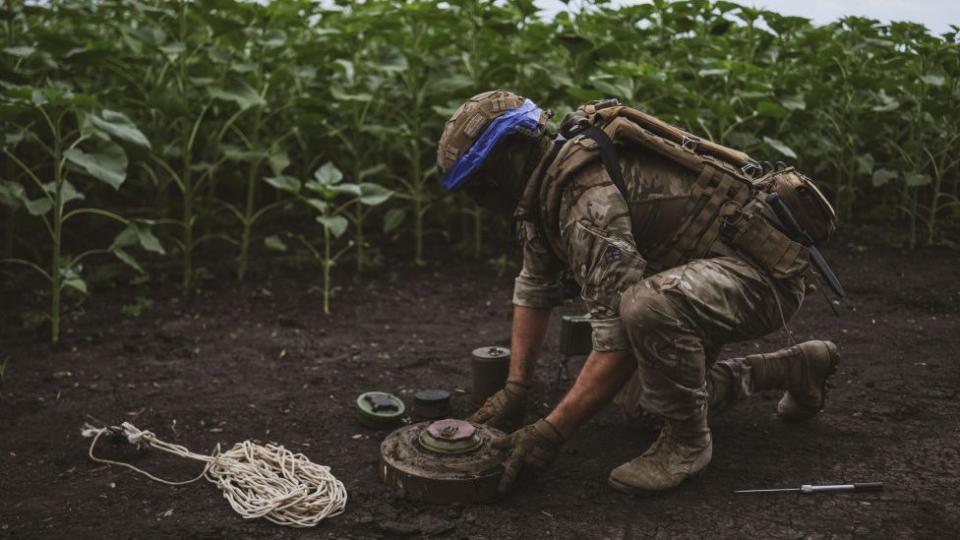

Russia’s strategic goal this year may not even be territorial. It could simply be a matter of suppressing Ukraine’s fighting spirit and convincing its Western supporters that this war is a lost cause.
Dr. Jack Watling believes that the Russian aim is to “create a feeling of hopelessness.”
“The [Russian] An offensive will not ultimately end the conflict, regardless of how it goes for either side.”
General Barrons is also skeptical that Russia will automatically increase its advantage with a decisive lead, despite the dire situation in which Ukraine currently finds itself.
“I think the most likely outcome is that Russia has made gains but not made a breakthrough.”
“There will be no forces big or good enough to get through to the river.” [Dnipro]… But the war will have turned in Russia’s favor.”
One thing is certain: Russian President Putin has no intention of giving up his attack on Ukraine.
He’s like a poker player who bets all his chips on a win. He expects that the West will not provide Ukraine with sufficient defense resources.
Despite all the NATO summits, all the conferences and all the stirring speeches, there is a possibility that he is right.
